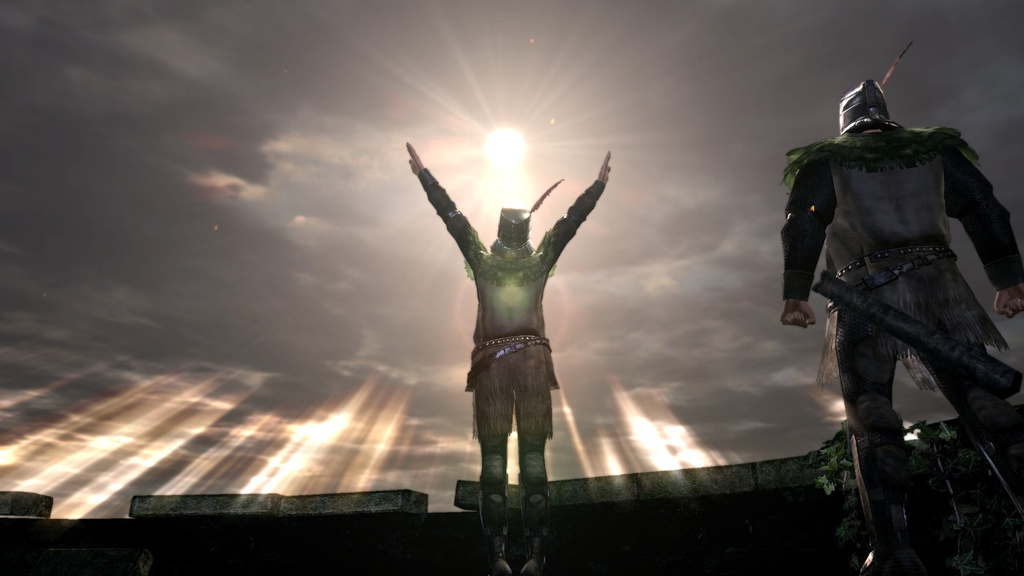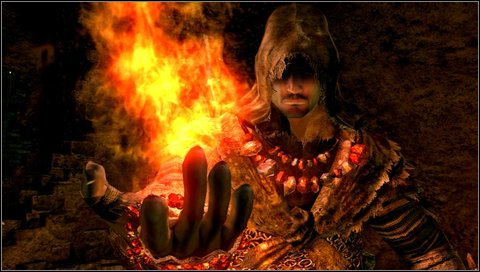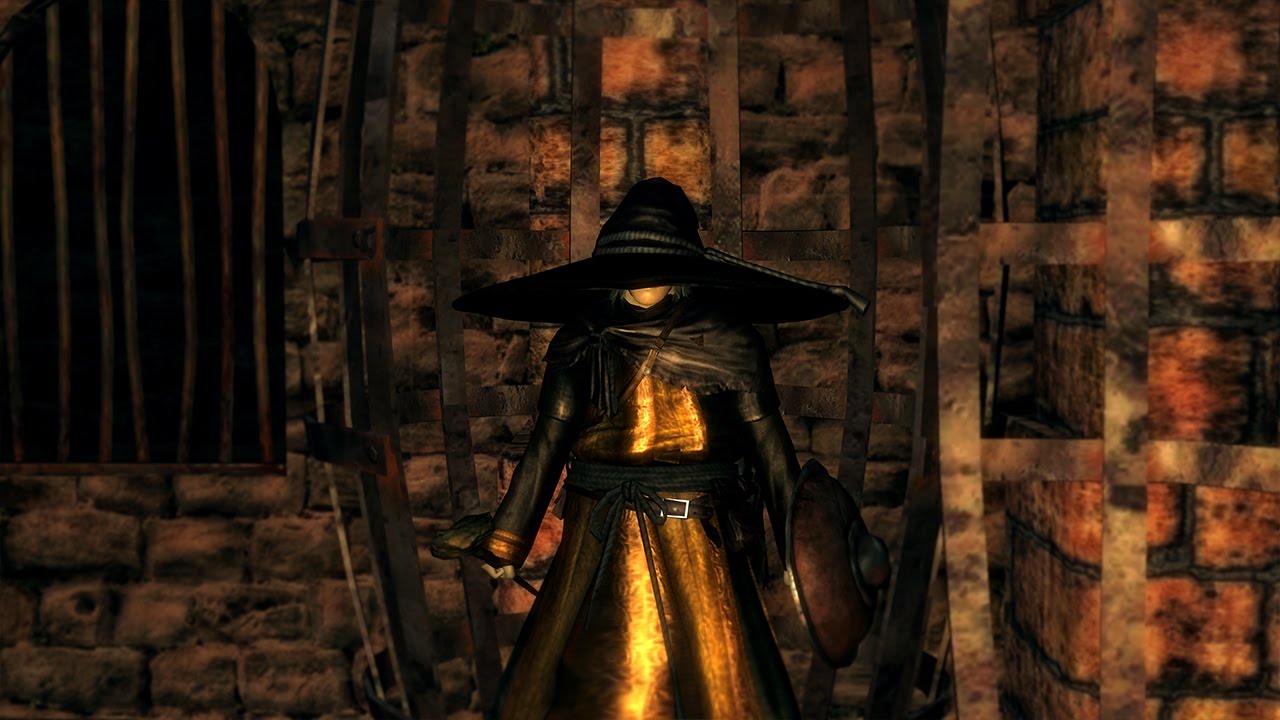Why I love Dark Souls' desperately unfortunate NPCs
And how they serve to underscore the brutality of the Souls world.


In Why I Love, PC Gamer writers pick an aspect of PC gaming that they love and write about why it's brilliant. Today, Joe admires the plight of his comrades in the Dark Souls series.
If I were to ask you: what is your favourite thing about Dark Souls—what would you say? I reckon a fair few of you would mention its difficulty. Some of you might point to its meticulous and attentive level design; or perhaps even its indistinct and often ambiguous lore. My favourite thing about Dark Souls is its NPCs—not because I enjoy its collection of incongruous characters as adversaries or companions but because, in almost every instance, they serve to underscore all of the above.
As a result of weekend weddings, work and other games, I only managed to wrap up Dark Souls 3's The Ringed City DLC this week—the second and final expansion within its third outing, and supposed swansong of the series as a whole. Upon completion, I decided to return to some of my favourite areas to poke around for goodies that I was too underpowered to hunt for upon first visiting. I first headed for the Smouldering Lake's Demon Ruins and waded around in its lava pools. I then doubled back into the Catacombs of Carthus and eventually wound up in the Profaned Capital—which is where I made an interesting discovery.
After consulting Google, I realised I was far from the first to do so, however next to the bonfire atop the circular tower situated near the entrance of the area—the one surrounded by ladders and guarded either side by Headless Gargoyle Lancers—lies a deceased Laddersmith Gilligan, the ladder man from Dark Souls 2. Given the Souls series operates in cycles, it seems Gilligan has met his maker in this interpretation of the world despite having lived a somewhat prosperous life in Earthen Peak and latterly Majula beforehand.
It's not clear how long Gilligan's been lying dead in the Profaned Capital, but it's completely possible—if not likely—that you'll pass him by without notice. Which serves to bolster how brutally unforgiving this world is—that, despite how much of a slog it is for you battling scores of hideous opponents en route to toppling end-of-stage bosses and Lords of Cinder, every living soul in this universe is constantly under threat. Gilligan was hardly a central character in Dark Souls 2, however his inconsequential 'appearance' in number three proves that this world soldiers on regardless and that everyone, including you, is but a drop in its sprawling, poisoned, abyss-ridden ocean.
Despite other characters crossing over throughout the series—Patches is but one character that springs to mind—the first Dark Souls perhaps provides the best examples of unfortunate NPCs that highlight the barbarity of the Souls world.
Sorcery student Griggs of Vinheim, for example, is rescued from incarceration early on in the Undead Burg and sells you spells and sorceries as he awaits the arrival of master sorcerer Big Hat Logan at Firelink Shrine. He is delighted when you eventually rescue Logan from Sen's Fortress, however is later distraught when Logan leaves discreetly for the Grand Archives. Griggs sets off for Sen's Fortress—presumably because that's where you found Logan earlier—only to expire and turn hollow.
A similar story is tied to pyromancer Laurentius of the Great Swamp, who you also rescue from captivity in The Depths. Like Griggs, he seeks the services of a more adept magician: Quelaana of Izalith. He later travels to Blighttown where he too dies and turns hollow.
The biggest gaming news, reviews and hardware deals
Keep up to date with the most important stories and the best deals, as picked by the PC Gamer team.

Furthering this notion that Dark Souls' world carries on regardless, there's no real reason for the player to return to either Sen's Fortress or this area of Blighttown at this stage in the game, thus happening upon these particular fallen characters is mostly circumstantial. Similar to the many deaths you'll undoubtedly have suffered by this point, they too have failed in their quest in two of the most punishing arenas the game has to offer.
The aforementioned Big Hat Logan travels to the archives to learn even more about the dark arts beyond his current capabilities, however is consumed by too much knowledge and loses his mind—ultimately found running around semi-naked spare his iconic oversized hat.
Siegmeyer of Catarina's demise is more involved, however he too meets his maker despite his best efforts. While its possible to save Solaire of Astora—the man responsible for the series' most acclaimed gesture—a couple of missteps on the player's part towards the game's end can see him also succumbing to insanity in his pursuit of the sun.
As outlined above, the player is forced to jump through a series of hoops to reach even the worst outcomes here, all of which makes each NPC death—often by your reluctant hand—even harder to accept. Nevertheless, each passing serves to accentuate the savage world in which these characters live which is what makes each of their stories worth discovering in turn.
There are of course many similar tales sewn throughout the series, but while it's its enemies, bosses and onerous geography that make Souls games challenging—it's its fallen heroes that underline your success.

